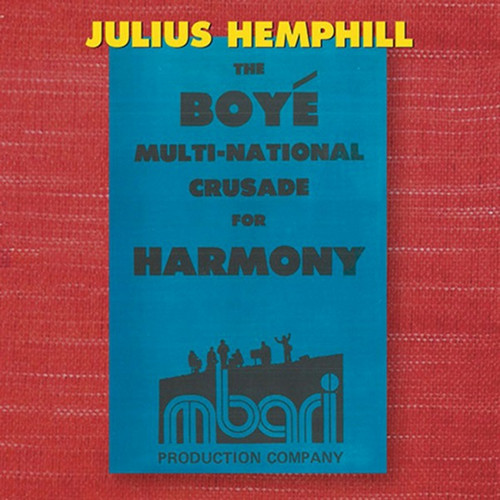Julius Hemphill
Avant-garde jazz saxophonist probably best known as the founder of the World Saxophone Quartet, a group he formed in 1976 and left in the early '90s. He died of complications from heart disease and diabetes on April 2, 1995 at the age of 57.
Avant-garde jazz saxophonist probably best known as the founder of the World Saxophone Quartet, a group he formed in 1976 and left in the early '90s. He died of complications from heart disease and diabetes on April 2, 1995 at the age of 57.
Live At Kassiopeia
* 2021 Stock * A never earlier released duo recording that was played back in 1987 at Kassiopeia, Wuppertal brings these two great musicians and composers together for this unique and unforgettable session. The late great saxophonist Julian Hemphill and bassist Peter Kowald ate their peak
The Boyé Multi-National Crusade for Harmony
In response to the arguably self-righteous pronouncements made in the 1990s as to what jazz is and isn’t, Julius Hemphill (1938–1995) spoke up as he had done throughout his career. “Well, you often hear people nowadays talking about the tradition, tradition, tradition. But they have tunnel vision in this tradition. Because tradition in African-American music is wide as all outdoors.” This collection of music, this celebration of artistic collaborations that engaged Julius Hemphill throughout his…
Raw Materials And Residuals
One of the essential albums of 70’s creative jazz, and a landmark recording in the second wave avant-garde movement of that era. The music of the late great saxophonist and composer Julius Hemphill presents a strong combination of Blues roots, free energy and bop complexity. Hemphill's compositions were meaty enough to offer the improvisers plenty of ideas, but they were airy and open, too. They left room for solos, accompanied by the rhythm section and unaccompanied, and for group improvisation…


